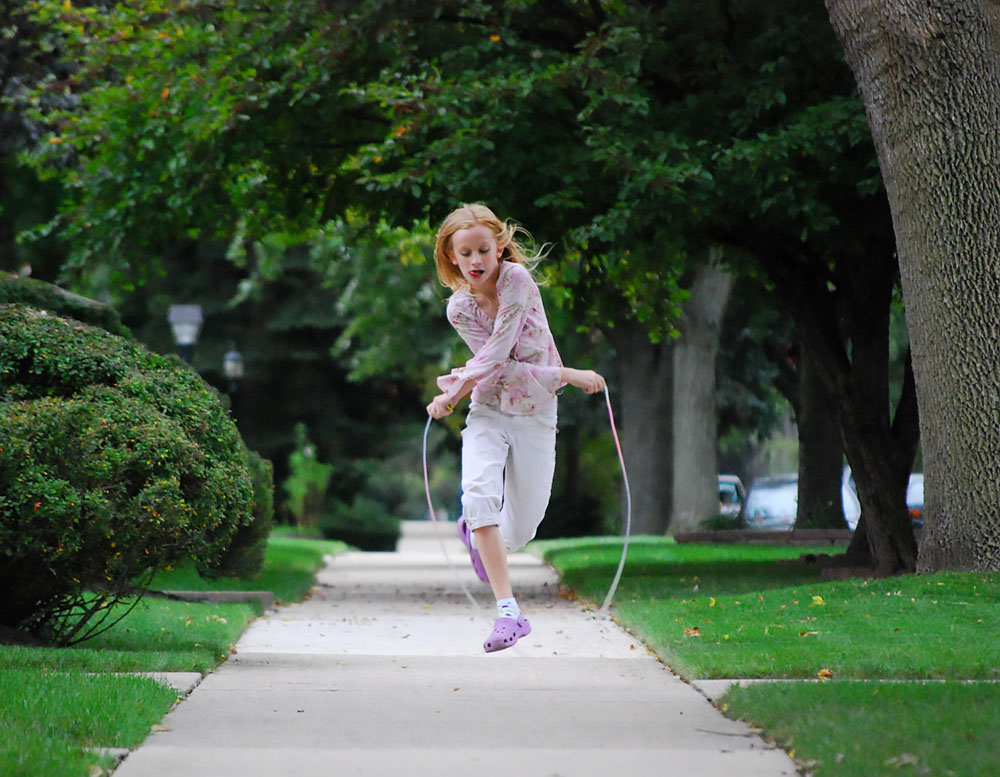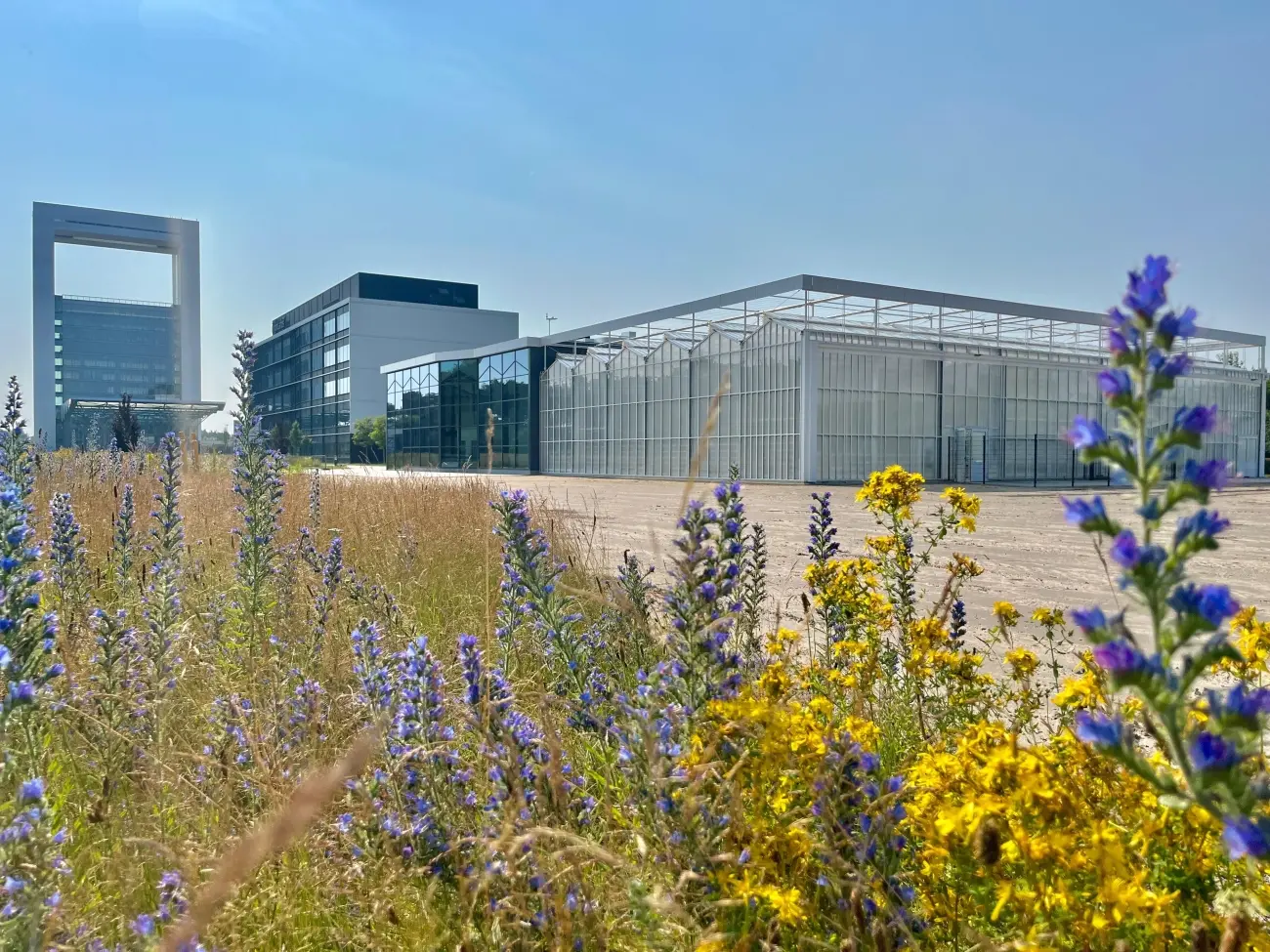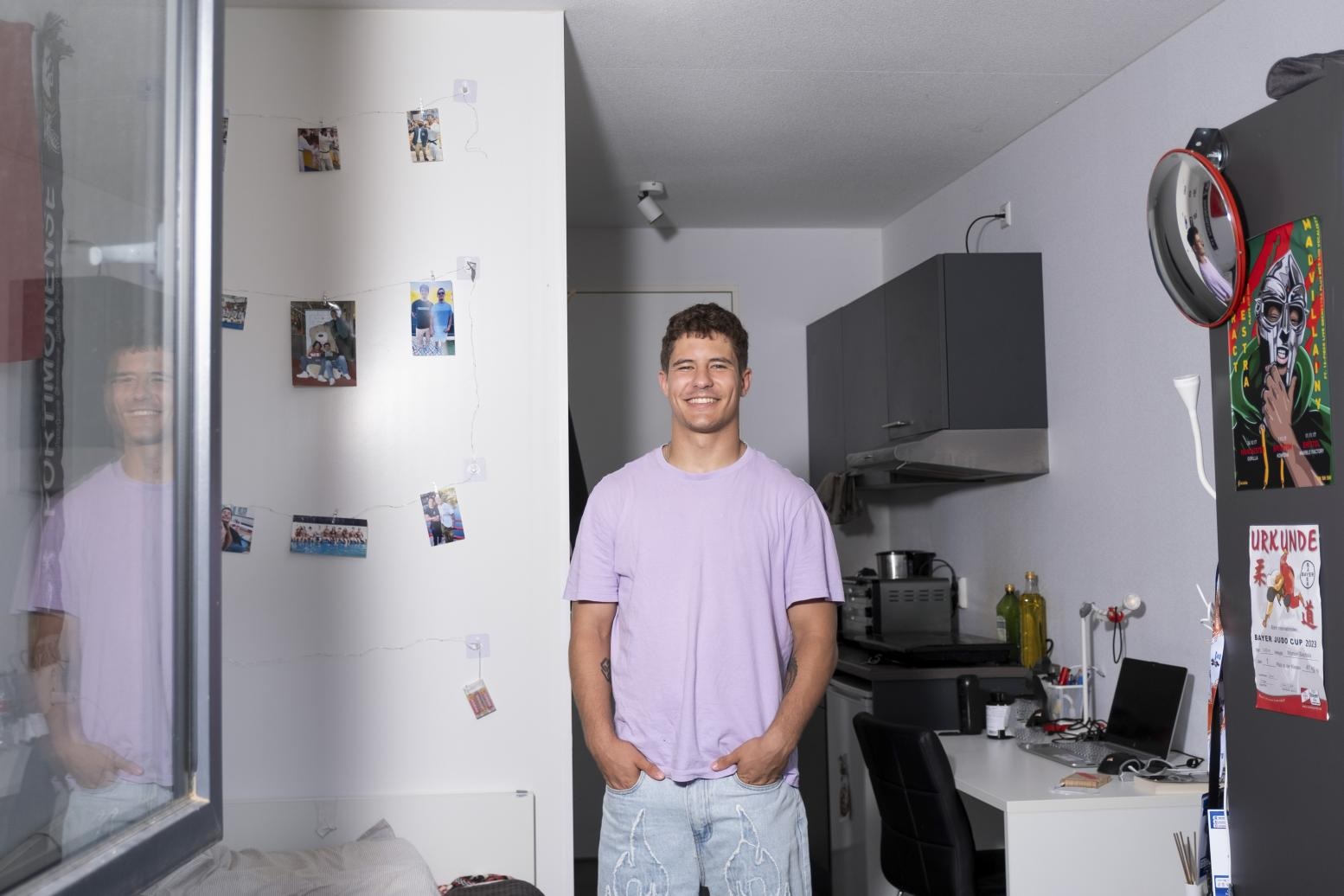Encouraging children to be more physically active does not always lead to better school performance
Based on a field experiment in Southern Limburg, researchers at Maastricht University and Fontys University of Applied Sciences have shown that encouraging children to increase their physical activity does not always lead to better school performance. Certain forms of physical activity stimulation can even lead to poorer school performance in the short term. Ten primary schools introduced the Active Living Programme for children between the ages of 8 and 12. The programme aimed at increasing physical activity during and outside of recess, as well as walking or cycling to school. The academic performance in schools with the Active Living Programme was compared with that of eleven control schools in which this programme was not implemented. This comparison shows that the academic performance of the schools with the Active Living Programme has fallen behind that of the schools without this programme.
Restlessness
The results of the lowest-performing students declined the most due to the Active Living Programme. The negative effect seems to be largely driven by increased restlessness during instruction time. Another possible explanation is that children who have increased their physical activity spend less time on other beneficial activities, such as doing homework. Bart Golsteyn, Professor of Human Capital and Social Economics at UM: “It is of course a good result in itself that children have increased their physical activity due to the Active Living Programme, because that is probably better for their health. Moreover, physical activity, and especially active play, can be fun. However, it may take some time before the enthusiasm and energy generated during active play has subsided again. This restlessness during instruction time can mean that children pay less attention, which in turn has a negative effect on their school performance. It only takes a few children to display restless behaviour in order to have a negative impact on the whole class.”
Active living
This is not the first study of the relationship between physical activity and school performance, but this research design is special for two reasons. Annelore Verhagen, PhD candidate at UM: “First of all, in this study we do not focus so much on playing sports, but on physical activity in general. For children this means, for instance, playing outside and walking or cycling to school. A lot of research has been done on the effects of sports on learning performance, but hardly any research has been done on the effects of ‘active living’ on this performance. Secondly, we are using a unique field experiment that we carried out between 2012 and 2015—the Active Living Programme. Twenty-one primary schools in Southern Limburg took part in this programme. Half of the schools were ‘control schools’; in the other half, students in grades 4 or 5 were encouraged to increase their physical activity in their daily lives. For example, new playground equipment was installed; balls, jump ropes and other toys were purchased so that children could ‘play actively’; and some schools, for example, gave a sticker if the pupil had walked or cycled to school. The test scores of all pupils in the schools with and without the Active Living Programme were recorded both before and after the interventions. Moreover, before and after the interventions in both types of schools, pupils carried a device for a week that continuously kept track of their physical activity. This way, we were able to identify the causal effect of stimulating physical activity on school performance.”
Trade-off
The study emphasises that parents, teachers and policymakers who want children to increase their physical activity should be aware of the importance of how increased physical activity is offered to pupils. If spending more time on physical activity means less time for other activities, then—as this research shows—it may lead to poorer school performance. Future research should focus on which approaches to encourage physical activity have a positive impact on school performance. For example, an integrated approach through which pupils are physically active while they learn might prevent that extra time for exercise comes at the expense of other beneficial time allocations. Another promising example is ‘De Gezonde Basisschool van de Toekomst’ [The Healthy Primary School of the Future], an innovative approach recently implemented in primary schools in Limburg, where the lunch break is extended to one and a half hours so there is more time for sports, play and exercise. Students also eat a healthy lunch and healthy snacks together, and attention is paid to healthy eating during class. An interim evaluation has shown that this specific form of exercise stimulation does not come at the expense of school performance.
Overweight
As in many other countries, the number of overweight children in the Netherlands is increasing. This is largely attributed to an increasingly sedentary lifestyle. As a result of the increasing use of tablets, phones and other digital devices, children are now sitting more often and for longer periods of time. We also use cars more often than in the past to take children to school and extracurricular activities. The Active Living Programme has tried to change this by encouraging children to be more physically active in their everyday lives. The programme was introduced in neighbourhoods with a low socio-economic status because the problems of obesity and sedentary behaviour are usually larger in these types of neighbourhoods.
The research was carried out by Dr Bart Golsteyn, Professor of Human Capital and Social Economics (UM), Dr Maria Jansen, Professor of Health Services Research (UM), Dr. Dave Van Kann senior researcher at Fontys Sports College, and Annelore Verhagen, PhD candidate at the School of Business and Economics (UM).
The research was published in the Journal of Policy Analysis and Management Policy Analysis and Management en can be downloaded here.

Photo: LongitudeLatitude, Flickr (CC BY 2.0)
Also read
-
Moving orange spots on a yellow background are the first indication that something unusual is taking place in Maastricht's limestone quarry, Sint-Pietersberg. A closer look reveals that these are people clothed in orange vests. They are Maastricht Science Programme students and supervisors.
-
Maastricht University has built a new research greenhouse at Brightlands Campus Greenport Venlo. Starting on September 1, research will be conducted in this high-tech greenhouse on the agriculture and horticulture of the future: from new cultivation techniques and the development of plants to the...
-
The area on the Sorbonnelaan in the Maastricht neighbourhood of Randwyck looked somewhat bare and remote about two years ago. This was mainly due to the modular and temporary appearance of the student houses that were quickly built there. Meanwhile, the area is increasingly taking on the character...

